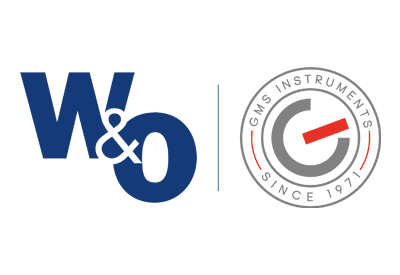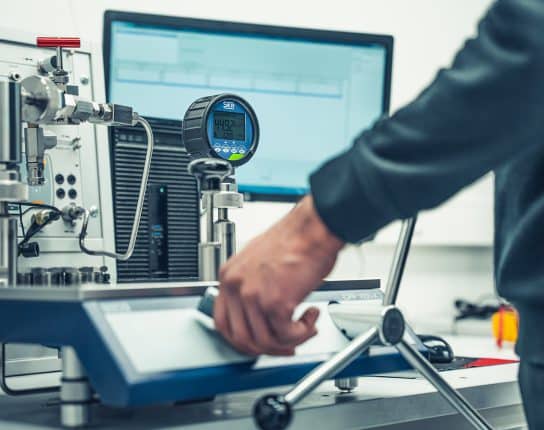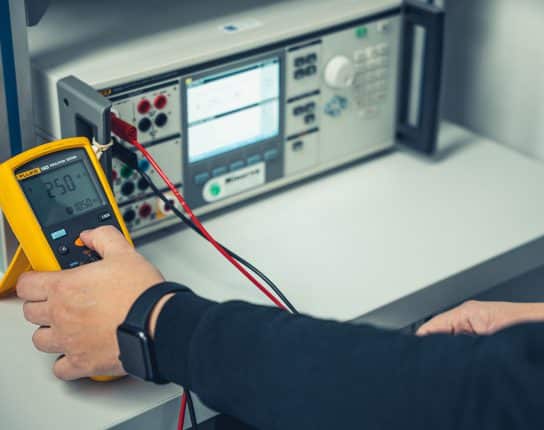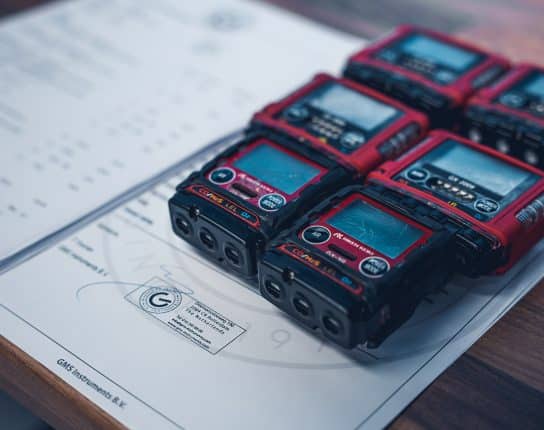
What causes pressure transmitter failure?
Pressure transmitters are essential instruments in various industrial processes, providing accurate measurements of pressure to ensure safety, quality, and efficiency. However, like all mechanical and electronic devices, pressure transmitters are not immune to failure. Understanding the common causes of pressure transmitter failure is crucial for maintaining the reliability of these instruments and preventing costly downtime. In this article, we’ll explore some of the primary factors that can lead to pressure transmitter failure and discuss preventive measures to keep them in optimal condition.
-
Overpressure conditions
One of the most common reasons for pressure transmitter failure is exposure to overpressure conditions. When the pressure applied to the transmitter exceeds its specified range, it can cause permanent damage to the sensor element or diaphragm. This damage may not be immediately apparent but can lead to inaccurate readings and reduced transmitter lifespan. To prevent overpressure-related failures, it’s essential to install appropriate pressure relief devices and ensure the transmitter’s range matches the process conditions.
-
Corrosion and chemical exposure
Many industrial processes involve corrosive fluids or harsh chemicals that can damage the materials used in pressure transmitters. Exposure to corrosive substances can lead to sensor element degradation, affecting accuracy and reliability. To mitigate this risk, choose pressure transmitters made from materials resistant to the specific chemicals in your process. Regular maintenance and inspections can help identify signs of corrosion early and prevent more severe damage.
-
Vibration and mechanical shock
Excessive vibration and mechanical shock can cause physical damage to pressure transmitters. These instruments contain delicate components that can be dislodged or misaligned when subjected to severe vibrations. To prevent this, ensure that the transmitter is securely mounted and consider using vibration-resistant mounting solutions. Additionally, periodic checks and maintenance can help detect any issues related to mechanical stress.
-
Temperature extremes
Extreme temperatures can affect both the accuracy and longevity of pressure transmitters. High temperatures can lead to electronic component failure, while low temperatures can cause the transmitter’s fluids to freeze or become too viscous. It’s crucial to select pressure transmitters designed for the operating temperature range of your process. Implementing appropriate insulation or heating solutions can also help maintain the desired temperature conditions.
-
Moisture and humidity
Moisture and humidity can penetrate the housing of pressure transmitters, leading to electrical shorts or corrosion. Proper sealing and environmental protection measures are essential to prevent moisture ingress. Additionally, storing spare transmitters in a dry and controlled environment can help prolong their shelf life and prevent moisture-related failures.
-
Wear and tear
Like any mechanical device, pressure transmitters will eventually experience wear and tear over time. Routine maintenance, including calibration and inspection, is essential to monitor their performance and detect any signs of deterioration. Regular maintenance can extend the life of pressure transmitters and help avoid unexpected failures.
-
Electrical issues
Pressure transmitters rely on electronic components for signal processing and transmission. Electrical problems, such as voltage spikes, electromagnetic interference (EMI), or power supply issues, can lead to malfunctions or complete failure. Employing proper grounding, surge protection, and shielding techniques can help safeguard pressure transmitters from electrical disturbances.
Pressure transmitter calibration
Regular maintenance, appropriate material selection, environmental protection, and monitoring are key steps in ensuring the reliability and longevity of pressure transmitters. A pressure transmitter is a very durable instrument, especially with the proper care. It is essential to calibrate your pressure transmitter at a regular interval. The timing of this interval depends on your processor schedule. For more information about pressure transmitter calibration, visit our Service Center.
Related
More of the same



